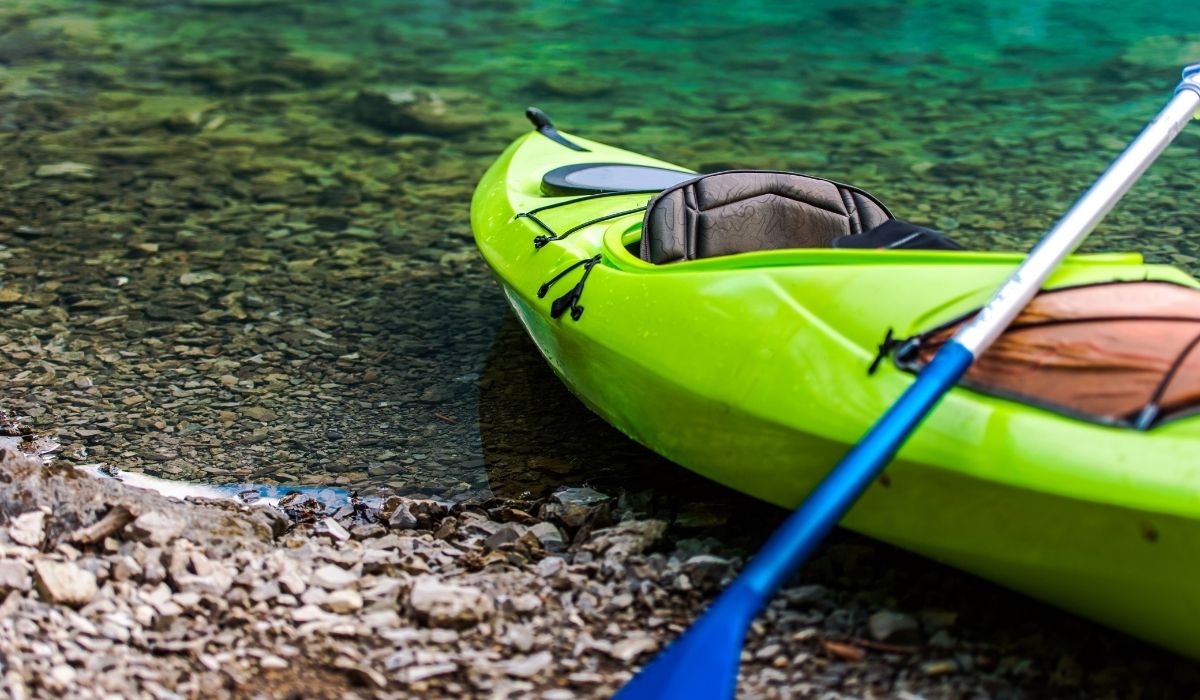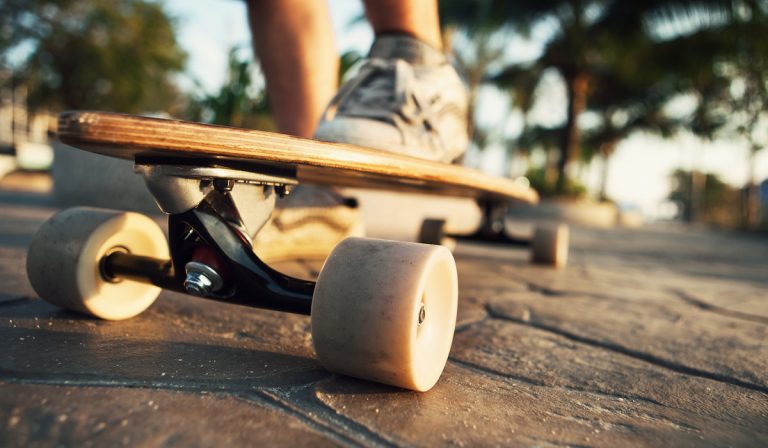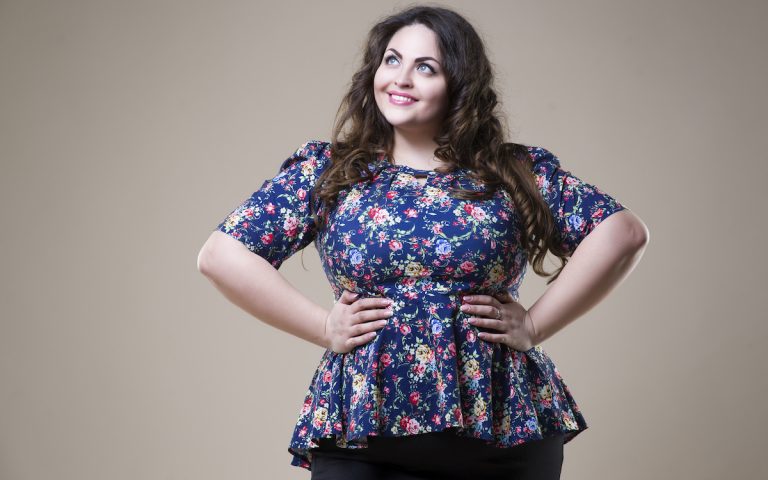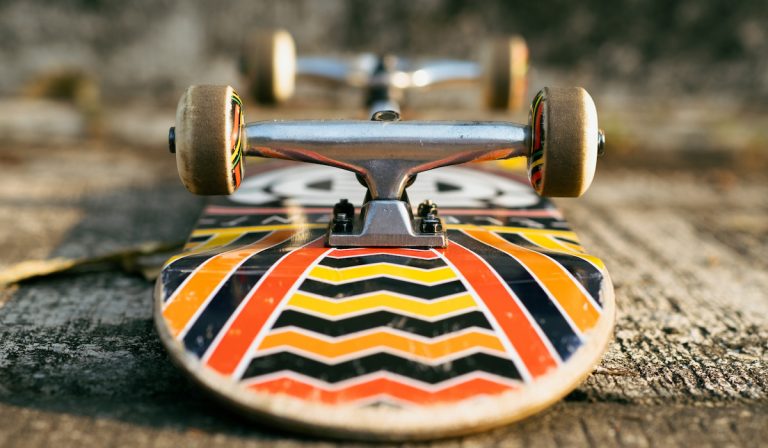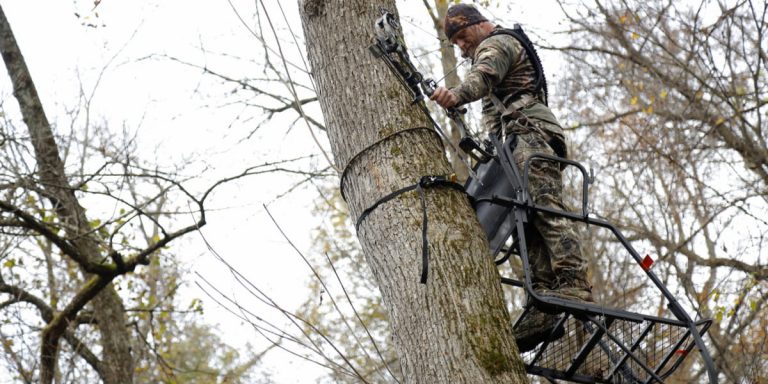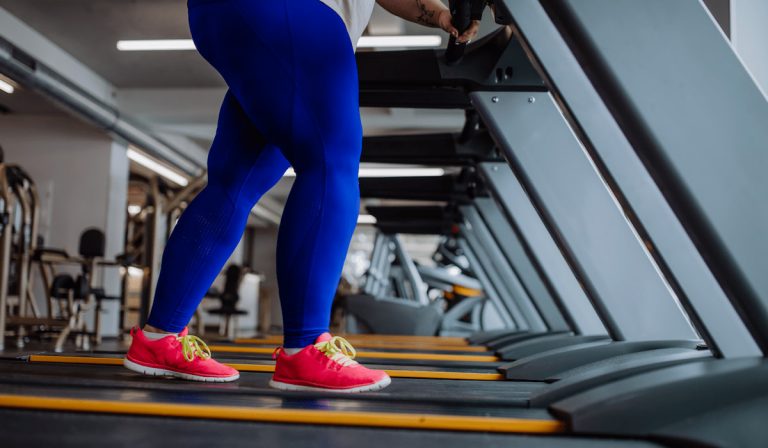Plus-Size Kayaking
Kayaks were first invented over four thousand years ago by Native tribes in Russia, Greenland, Alaska, and Canada called the Inuit, Aleut, and Yupik. In fact, “Kayak” means ‘man’s boat’ in these Native languages. Kayaks were used for transportation and hunting walruses, seals, and other animals in the rivers and off the coasts of these areas.
These little boats had frames made from whale bones or driftwood, sealed in seal and animal fat to keep them warm and waterproof. They had a specific formula but were tailored to specifically fit the owner of the boat according to their height, size, and other measurements to ensure the most effective usage.
Nowadays, with kayaks commercialized and used for recreation more than a means for survival, mass production has taken away tailoring kayaks specifically to the owner.
When you buy a kayak on Amazon or at a sporting store such as Al’s, REI, or Dick’s Sporting Goods, they are not going to ask you for your measurements and hand carve you a kayak out of whale bones and seal fat. No, they’ve got too many people and too little time to worry about specifics like that.
Kayaks are made at a standard size, and you can pick them out and buy them off the rack. Much quicker and simpler for the producer and the buyer. However, it does introduce a problem– because not every person is the same size.
Hand-crafting a kayak to fit an individual ensures it will be comfortable, fast, and effective. Standardizing the sizing of a kayak ensures that a general group of people can potentially fit inside the kayak and have, for the most part, a comfortable ride.
But what about those people who are just bigger than the average size? They are still men and women and still should have the ability to fit inside the ‘man’s boat’—it’s not called the Certain-Sized Man’s Boat, and therefore should fit all men and women regardless of size.
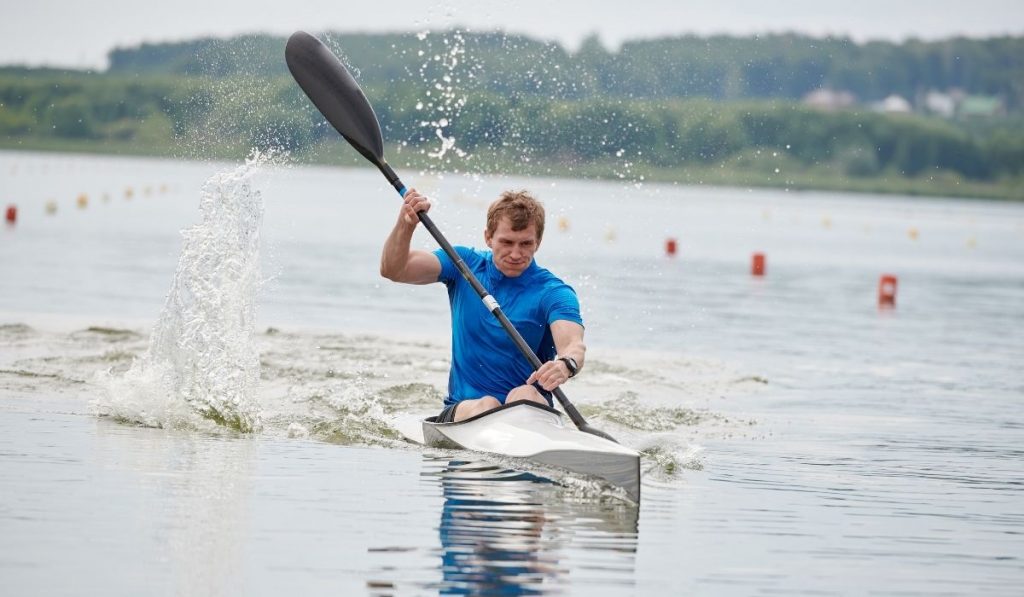
One Size Fits All?
We think: one size fits all, right? Not necessarily. Just like there are mini kayaks made for kids, larger kayaks are made for the big gals and guys who want to try out the sport.
Have you ever tried riding in a kid’s kayak? I have. I could sit in the seat, but my legs didn’t fit inside, so I had to straddle it, dangling them off both sides of the little boat. Not ideal for a fast or smooth ride.
On top of that, the boat started sinking. As I tipped, water would leak in, and soon it began to tip even more until it tipped over! Again, not ideal for a fast or smooth ride.
It may not be exactly to this extreme, but this could be what it feels like for a bigger person to be in a typically-sized kayak. Average kayaks may sit lower in the water when a bigger person uses one, which will hinder its mobility and be a danger to the person, threatening to flip over even in the calmest water, never mind white water!
A plus-sized person also may not be able to fit their long legs in, which would make the ride much harder and more uncomfortable when you want to be able to ensure as much comfort as possible.
Perhaps you’re hoping to kayak for sport, and if so, you want a safe kayak you can get your full workout in without it flipping over on you and without unnecessary pain or discomfort– save that all for your arm workout!
Or, if you aren’t interested in kayaking for sport, maybe you just want to be able to take a joy ride cruising along your local river or in the lake at a family event. No one wants to be stuck on shore when everyone else gets to go out and ride the water! There must be kayaks for big people so that we can all go out and have a great time, right? Correct.
Kayaks are made in multiple sizes, so there is no need to fear! We will go over sizing for kayaks so you can find the best one for you, brands or kayak names that have the best plus-size kayaks, and other tips for a safe kayak ride, especially if it’s your first time going out.
Read on to learn the answers to all of your plus-size kayaking questions!
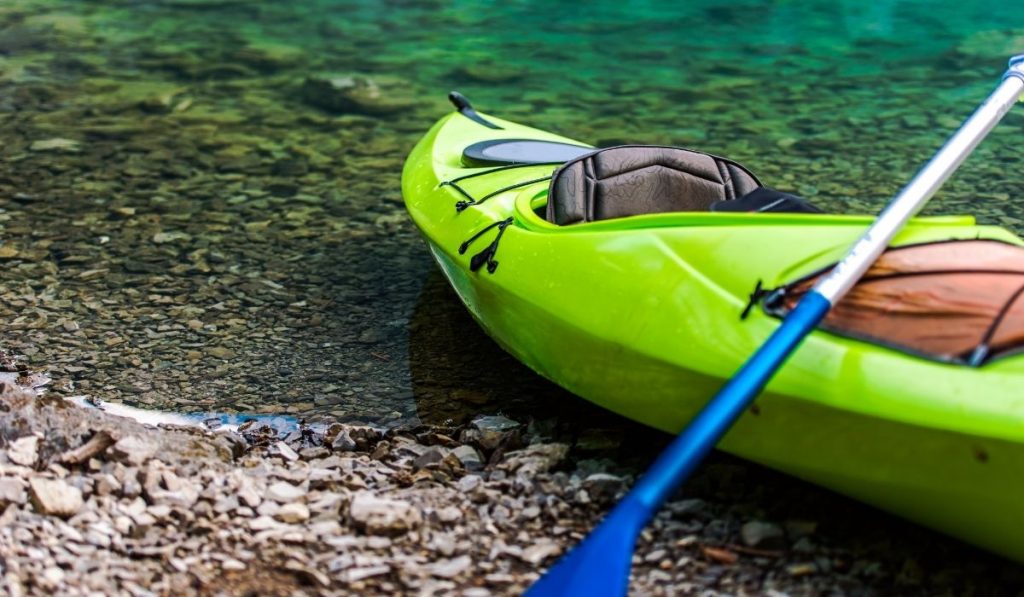
Kayaking Size Guide
The biggest thing to look for when researching plus-size kayaks is the weight capacity. If your legs don’t fit, that’s just uncomfortable, but the worst thing that can happen when you’re out there is your kayaking sinking, leading to you being removed from your kayak, regardless of whether you got flipped out or it just sank below the surface.
The water may be cold, rapid, or you may just be far away from shore, and you can’t simply hop into your friend’s kayak. You are safest when you are in the kayak above water, and you want to ensure you’re in a kayak that can do that for you.
One of the best options for a plus-size person wanting to ensure their kayak can carry their weight is getting an inflatable kayak. Especially because, as you have to keep in mind, owning a hard shell kayak (one that is made from plastic and doesn’t collapse or fold up to store), you’ll have to develop a rigging system for it on the top of your car, and you’ll have to lift it and carry it down from the car to the water, then back up.
Kayaks can weigh seventy pounds or more, so if you don’t think you can handle that, an inflatable kayak would be a great option. Or, if you’re kayaking with a group and need to store the kayaks in one car, you won’t be able to fit a kayak for every person on the car’s roof.
Inflatable kayaks will fit in the trunk while the rest of you cruise easily down to your kayaking destination.
Inflatable kayaks can hold up to seven hundred and fifty pounds, and be an easy thing to transport down to the shore and back.
However, inflatable kayaks are not the best idea for any extreme sport. For recreational use in the river or on the lake with friends and family, inflatable kayaks are a great option.
However, for white water rafting or anything more intense or dangerous, inflatable kayaks could easily be punctured by a rock, and you are once again in the dangerous situation of being in the water rather than on top of it.
Furthermore, inflatable kayaks cannot flip as hard-shell kayaks do. Do you know how kayakers can be flipped over by the waves but immediately roll and come back up? That’s an essential skill when doing any extreme kayaking, but not one that can be achieved with an inflatable one.
Plus-Size, Hard-Shell Kayaks
Let’s look at options for plus size, hard-shell kayaks, listed by weight capacity going from least to most:
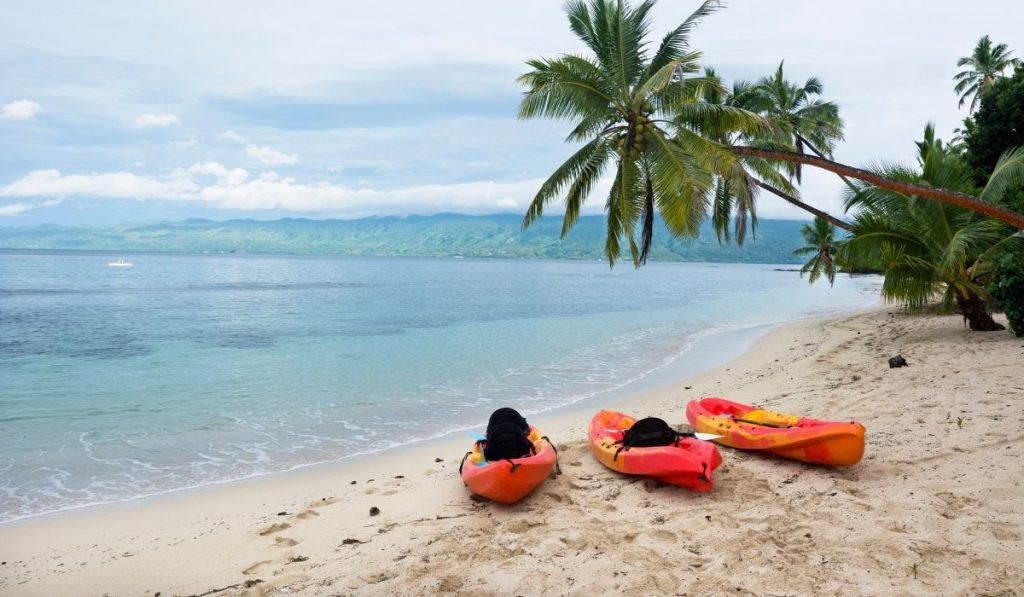
Aruba 10 Kayak
If you are looking for an entry-level kayak, this is the one for you. Beginners should always choose a cheaper kayak they can learn the ropes on before committing to the more expensive, professional ones.
Aruba 10 Kayaks are ten-foot kayaks used for recreation. They have ample leg space and a high back to the chair, which suits taller people well, and still have room for storage if you want to take a longer trip on the water.
This boat can hold up to two hundred and fifty pounds and is easy to handle and carry. As a beginner hoping to find a good casual or recreational kayak, I would look into an Aruba 10 kayak further.
Ocean Scrambler
Leveling up to a beginner kayak that still can successfully navigate the more unforgiving water of the ocean, we have the Ocean Scrambler!
This kayak is eleven feet long and twenty-nine and a half inches wide. This kayak has a three-point hull, which gives it the ability to ride through raging ocean waves but also the calm of a docile river or lake. It’s easy to control, which is great for beginners, and can hold up to three hundred pounds.
If you’re a beginner or intermediate kayaker looking for a kayak that can handle more intense situations along with the chill recreational ones, this is the kayak for you.
Old Town Recreational
No products found.
Looking for a beginner recreational kayak that can handle a little more weight? The Old Town Recreational Kayak can hold two hundred and seventy-five to three hundred and twenty-five pounds, depending on which one you get, and is twenty-eight and a half inches wide.
This kayak is purely for calm, leisurely environments such as a docile lake adventure paddling down and looking at the scenery. It’s very easy to control and paddle and has lots of storage space for supplies and snacks, a cup holder, and an adjustable seat for more comfortable rides.
These kayaks are ten feet long, which is perfect for a taller person, and they even have enough room for a small person to join you on your adventure! If you’re kayaking with family and want to take your little one with you, the Old Town Recreational kayak is the one to choose!
LifeTime Sport Fisher
No products found.
Finally, our biggest hard shell option is the LifeTime Sport Fisher. This is a ten-foot, very wide kayak that can hold up to five hundred pounds.
This boat was designed to be used for fishing and has the ability to take out two people at a time. However, for one of our big gals or guys, this may be the perfect solo kayak. At ten feet, it has tons of legroom along with tons of storage space.
It is also inexpensive for a kayak of its size, which makes it great for a beginner who isn’t ready to invest too much into their new sport.
It’s a great beginner kayak because it sits higher on the water, making it easier to paddle and navigate. This kayak is perfect for a day out fishing on the water or leisure recreation, but not for extreme rafting.

Safety Tips for Your First Venture Out
Alright, beginners, there are a few things you need to know before you set out to conquer your first river. These are simple safety tips, but they are also essential and may often be looked over.
First, make sure people know where you are when you head out to the kayak and when you expect to be back. It’s essential to have a friend or loved one who can alert the proper authorities and get you to help if you get lost or get hurt and can’t make your way back.
Make sure you research and plan out your trip accordingly. In deciding where you’re going to kayak, make sure to research what the water will be like at this particular time of year when you go out– is it going to be more rapid or calm?
What will the temperature be outside versus in the water? You always want to make sure you wear the right clothing for the weather and to stay warm even if you do fall in the water.
Next, as a beginner, don’t go alone! Always have at least one buddy with you, though the more people you go with, the better– and more enjoyable! You should always have people with you to help you out when you’re starting and shouldn’t go alone until you are confident in your ability to paddle, navigate, turn, start and stop.
Start with the calmest waters and make your way up from there– don’t throw yourself into white water rapids on your first go! And of course, always wear a life jacket whenever you’re on the water, regardless of skill level. Stay safe out there, my friends!
